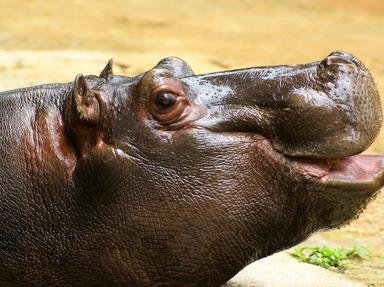Quiz Answer Key and Fun Facts
1. This creature has one of the fastest tongues in the world. Its tongue can be almost twice the length of its body. Which color changing animal does this tongue belong to?
2. Which of the following animals would have the largest tongue?
3. The tongue of the fish in the picture is said to have 'bones'. What is the name of this 'big' fish?
4. This creature has the scientific name of Cymothoa exigua. It is a parasite of fish tongues. What is it commonly called?
5. This species of turtle has a tongue that has an interesting shape and function in snapping up prey like an alligator does. Identify the turtle.
6. This animal has a forked tongue which it uses for olfaction. Identify the animal.
7. Most animal species have the posterior end of their tongue attached to a bone called the hyoid bone. Identify the animal pictured, in which this is not the case.
8. What is the name of the creature, with the scientific name of Bolitoglossa dofleini, which has a tongue known for its speed, accuracy and muscle power?
9. This special bird has the ability to store its tongue all the way at the back of its head. Which bird is this?
10. Characteristic features of this animal's tongue are that it is long, black and prehensile. Related to the giraffe, what is this animal?
Source: Author
Saleo
This quiz was reviewed by FunTrivia editor
rossian before going online.
Any errors found in FunTrivia content are routinely corrected through our feedback system.


